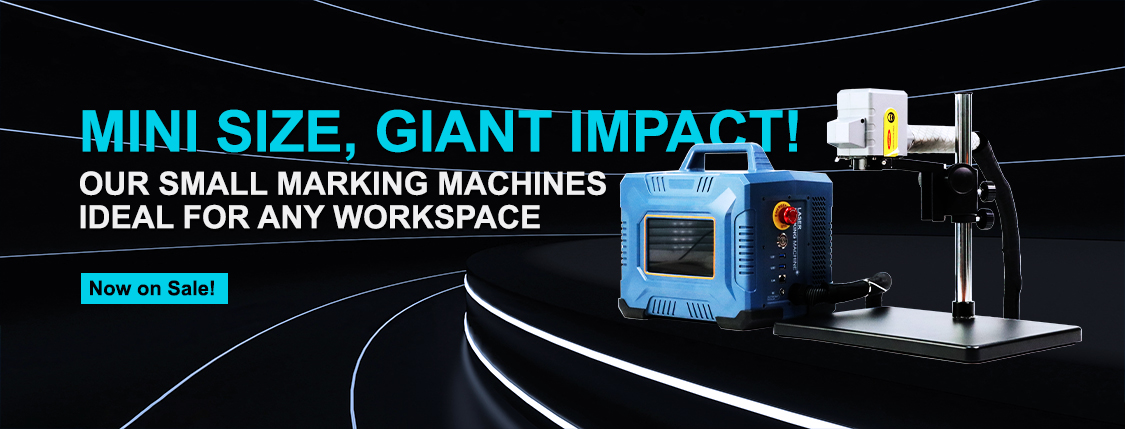Switch power output protection policy
Switch power output protection policy
In all switching power supply designs, protection against load and protection against power supply due to load failure is a very important aspect to be considered in the design. In the design of military products, a kind of work called failure mode and impact analysis is often required. In this work, each part of the circuit is assumed to be an open circuit fault and then a short circuit fault. In this case, analyze separately how each fault will affect the rest of the circuit. This prediction of failure will make the design of the power supply more reliable. It is also the power designer's job to provide protection to the load circuit in the event of input exceptions and power load circuit failures. In a protection policy, multiple protection circuits are often cascaded to provide redundant protection when an exception occurs on the protection circuit. This backup function is usually provided by fuses or circuit breakers.
The protection methods used in power supply and energy transfer systems require careful consideration of the end-user and function of the product and, conversely, the maintenance methods of the product. If the product has regular maintenance personnel to maintain the circuit, the circuit in turn considers the product's maintenance method. If the product has regular maintenance personnel to maintain the circuit, the circuit should have a circuit breaker, self-starting circuit, overcurrent feedback circuit. If the product function requirements are not strict, they do not need these functions, but only fuse, overcurrent turn-off type of starting circuit, or add overcurrent protection or fast circuit. Some protection methods after the occurrence of protection need to send the device to the maintenance station to check before reuse. These protection methods can be divided into three categories:
1. After failure, repair (fuse, fuse resistor, etc.).
2. Recovery after failure (circuit breaker, current limiting link, voltage limiting protection circuit, etc.).
3. Turn off after failure, but will recover after the fault disappears (overcurrent turn-off type start circuit, etc.).
There are three basic types of overcurrent protection. Current-type control, or single-peak current controller, limits output power in the event of a "slight" circuit short, but may eventually result in a severe short-circuit situation. When an overcurrent fault occurs, the load impedance becomes smaller and smaller, the output voltage decreases, but the output current continues to increase, which may burn out the circuit and components on the board. The method of reducing the output voltage can be combined with the fault - off type circuit. The constant current limiting method is achieved by amplifying the voltage on the current detecting resistor and comparing it with the reference voltage. When the current protection value is exceeded, the load increases and the output current will be limited. The overcurrent feedback limiting circuit uses a small part of the output voltage as the upper limit reference value of the overcurrent fault. When the current through the current detection resistor exceeds the current upper limit, the output voltage is reduced, so the output current is reduced, which can prevent the load circuit from burning out.
There are two methods to protect the output overvoltage: forced method and overvoltage blocking method. The forced method is achieved by overvoltage clamp and fast circuit breaker. The forced method assumes that the load current cannot be limited if the power supply fails
The overvoltage blocking scheme is used if the power supply continues to operate, but the voltage feedback loop is open, or one of the outputs is light loaded, and the voltage exceeds the rated maximum. These methods have a separate comparator or transistor for each output and a resistance divider connected to the output. The choice of protection scheme is related to economic cost and layout space. Designers can be creative in designing protective circuits, but carefully check the conditions under all working conditions.



